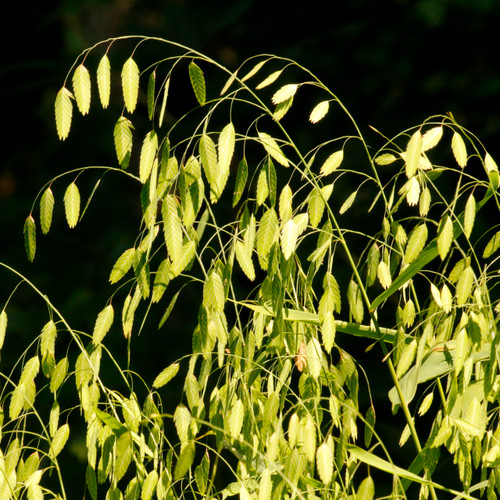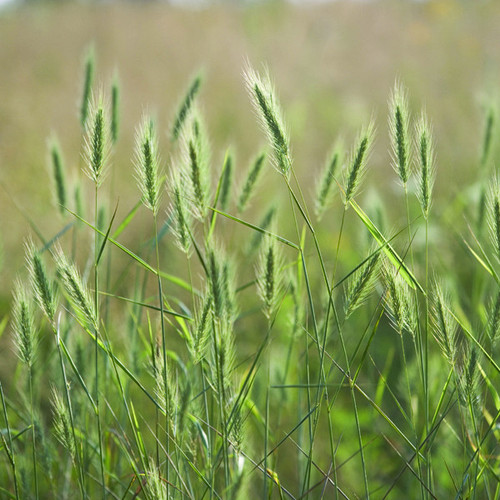Excellent cover for wildlife; birds will use it year-round. It is wind pollinated (when it happens to flower) so it doesn't really attract pollinators. However, caterpillars of several skippers and other butterflies as well as a number of leaf hoppers feed on the foliage. The young stems and leaves are high in nutrients important for deer and other herbivores.
Large "canebrakes" once covered vast areas in Missouri flood plains and along rivers and streams. These canebrakes are now nearly gone due to loss of suitable habitat to agriculture, overgrazing, and fire suppression. Canebrakes help prevent damage from floods, sedimentation, and nutrient pollution. Giant cane or native bamboo can tolerate fairly heavy shade, but it thrives in more open areas with light tree cover. It primarily spreads by rhizomes underground. The rhizomes can break off and be carried downstream to allow new colonies to form. A fire every 7 to 10 years will benefit the canebrake.
Early settlers and native Americans had numerous uses for giant cane including the construction of buildings, baskets, mats, pipe stems, fishing poles, chair bottoms, shuttles, and musical instruments.
Uses: Erosion, hedge rows or screens, wildlife, crafts
Bloom time: April - May
Height: 8 to 12 feet
Space: 2 to 4 feet
Sun: Full sun to medium shade
Moisture: Average to moist (tolerates flooding)
Arundinaria gigantea (Giant Cane)
POTTED PLANT
$18.25
- SKU:
- ARGIG-GA
- MAXIMUM HEIGHT:
- 15 feet
- BLOOM PERIOD:
- 1 Spring
- SUNLIGHT PREFERENCE:
- Full sun to medium shade
- MOISTURE:
- Average, moist
- FORMAL LANDSCAPING:
- 2-Star







